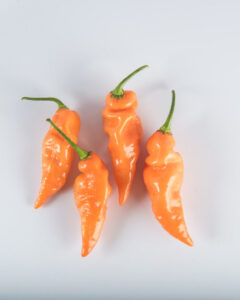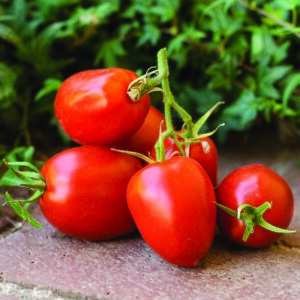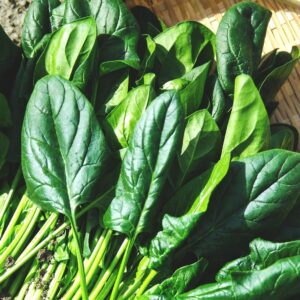Let’s Grow Stuff: Let’s Order Seeds… ASAP!
The deep doldrums of winter may be roiling outside, but indoors our hearts and minds are full of dreams and schemes for a new gardening season on the horizon.
02/10/21
The deep doldrums of winter may be roiling outside, but indoors our hearts and minds are full of dreams and schemes for a new gardening season on the horizon.
02/10/21
The deep doldrums of winter may be roiling outside, but indoors our hearts and minds are full of dreams and schemes for a new gardening season on the horizon. Starting your own plants from seed, indoors or out, is a great way to save money and connect with nature in a deeper way. There’s a unique reward to nurturing a plant from seed that just isn’t the same when buying a transplant.
In this spirit, we’ve put together a guide to help you navigate the seed selection process, especially if you’re new to ordering seeds. We’ll also be covering how to start your own seeds indoors in an upcoming episode of Let’s Grow Stuff – stay tuned!
🌱 New Varieties to Try 🌱

Photo/Row 7 Seeds
Badger Flame Beet
Most people have a love-hate relationship with beets which typically comes down to the “earthy” flavor associated with this robust root crop. Badger Flame was introduced by the Goldman Lab at UW-Madison due to an absence of that earthy flavor. The root is also beautiful: when sliced through the middle it displays an impressive design of concentric colored rings alternating between gold and red-orange.

Photo/Lazy Ox Farm
‘Habanada’
The Heatless Habanero Pepper
Another product of modern plant breeding, this pepper lacks the heat of its parent Habanero. Instead, it packs a full suite of bold, sweet, tropical flavors. Another visually stunning plant, fruits range from yellow to orange and deep red depending on ripeness.
🍅 Tried and True Classics 🍅
‘Amish Paste’ Tomato

Photo/MIgardener
I love the flavor of tomatoes, and I always miss those from-from-the-garden treats during the winter months. Amish Paste tomatoes offer a solution as they’re great for preserving, either through freezing or drying in a food dehydrator. Their bright, sharp, acidic flavor carries through in winter cooking and keeps the memory of summer fresh and current.

Photo/Sow True Seeds
‘America’ Spinach
Most greens are easy to grow, but there’s something about the simplicity of spinach that I find infinitely rewarding. I harvest one leaf at a time for an instant salad and this helps keep the harvest going for several weeks. It can also be preserved through freezing and excess harvests won’t go to waste.
There you have it! I hope this guide helps you navigate your seed selection and buying journey, and remember, if you can’t find what you’re looking for from one supplier you can always try another. Your neighborhood nursery or garden center is another great option. Happy gardening!
Register now for the free Garden & Landscape Expo (Feb. 20-21) at wigardenexpo.com. Virtual attendees of this free event will enjoy two full days of live and interactive educational sessions with experts and gardening professionals. In addition, there will be a live online exhibitor mall, virtual garden tours captured at the peak of the summer and autumn seasons, opportunities to pose questions to UW-Madison Horticulture Division of Extension experts in open Q&A forums, special activities for kids and families, and a beautiful garden photo competition. Registered participants can start exploring the full schedule and plan their experience online now.
What do you think?
I would love to get your thoughts, suggestions, and questions in the comments below. Thanks for sharing!
Benjamin Futa